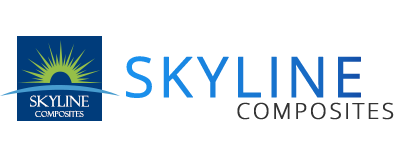UV printing is absolutely the most popular printing trend in today’s advertising industry. It allows printing on a wide selection of substrates, such as PVC foam board, foam board, cardboard, wood, acrylic, aluminum, etc. Its advantages include environment-friendly, easy to process, customizable digital printing, competitive cost, high printing resolution. Here is some little details to get to know more about UV printing.
UV Printing Overview
UV printing is a kind of digital printing that uses ultra-violet lights to dry or cure ink when it is printed. As the printer distributes ink on the surface of a substrate, specially designed UV lights follow close behind, curing or drying the ink instantly. As the UV lights cure printed ink immediately, the dots of wet ink do not get a chance to spread out once printed, resulting in much finer detail. More over, UV-cured inks are weather-resistant and offer increased resistance to fading. This curing process is more environmentally friendly as it produces few VOC’s, odor, and heat. UV curing also allows the flatbed printer to be used with unconventional materials like acrylic or aluminum.
Flatbed Printer Ink
UV flatbed printer works like an inkjet printer. The main difference of a UV flatbed printer is:
- The type of ink used – UV-curable ink
- And how the ink is applied to the substrate – the surface being directly printed upon
UV flatbed printing devices apply UV ink to a substrate, and the ink must be cured quickly to create a permanent image.
UV Ink Curing Process
When a printing substrate pass the flatbed printer, the UV ink is applied, and almost immediately, the ink is subjected to ultra-violet light. This light instantly cures or dries the ink to the substrate surface.
Because the UV ink has no time to spread out or bleed into the substrate, UV flatbed printing produces amazingly accurate color details with very little image loss.
The UV ink hardens to a solid finish and is resistant to fading and weathering, depending on the surface being printed upon. Flatbed printing process is more environmentally friendly than some other printing methods.
Flexibility of a UV Flatbed Printing
Flatbed printer machine is capable of printing on a variety of unique substances, both smooth and rough, including foam board, wood, aluminum, acrylic, coroplast, and other different types of substrates.
Flatbed printer head can raise or lower and allow for printing on very thin surfaces, such as promotional pieces for trade shows, or most often, on thick surfaces, such as office doors.
UV Flatbed Printer Capabilities at a Glance
Large Format Graphics
- 4’ x 8’ – and 2” thick
- Compatible with both rigid and flexible materials – including Acrylic, ABS, Coroplast, Aluminum, Foam Board, PVC Foam Board
Second Surface Printing
- Printing on the back side of a transparent material
- Provides the appearance of depth & added gloss
- Added durability/longevity of graphics
Double Layer Printing with White Ink
- Layers of white ink under color ink
- Increases vibrancy of graphics
- Ideal for transparent materials
Clear Ink
- High gloss
- Available to add texture with clear ink only added to certain areas of the print
Skyline Composites has been supplying and selling UV printing substrate materials for global customers since 2010. We keep the latest trend of today’s new technology and material to cover the wide applications in different dynamic industries: from Building & Construction, Corporate Signage, Trade Show Display, Engineering, Mass Transportation, Digital Printing through to Electrical and Electronic industry. For more product details, please contact our sales service department.
